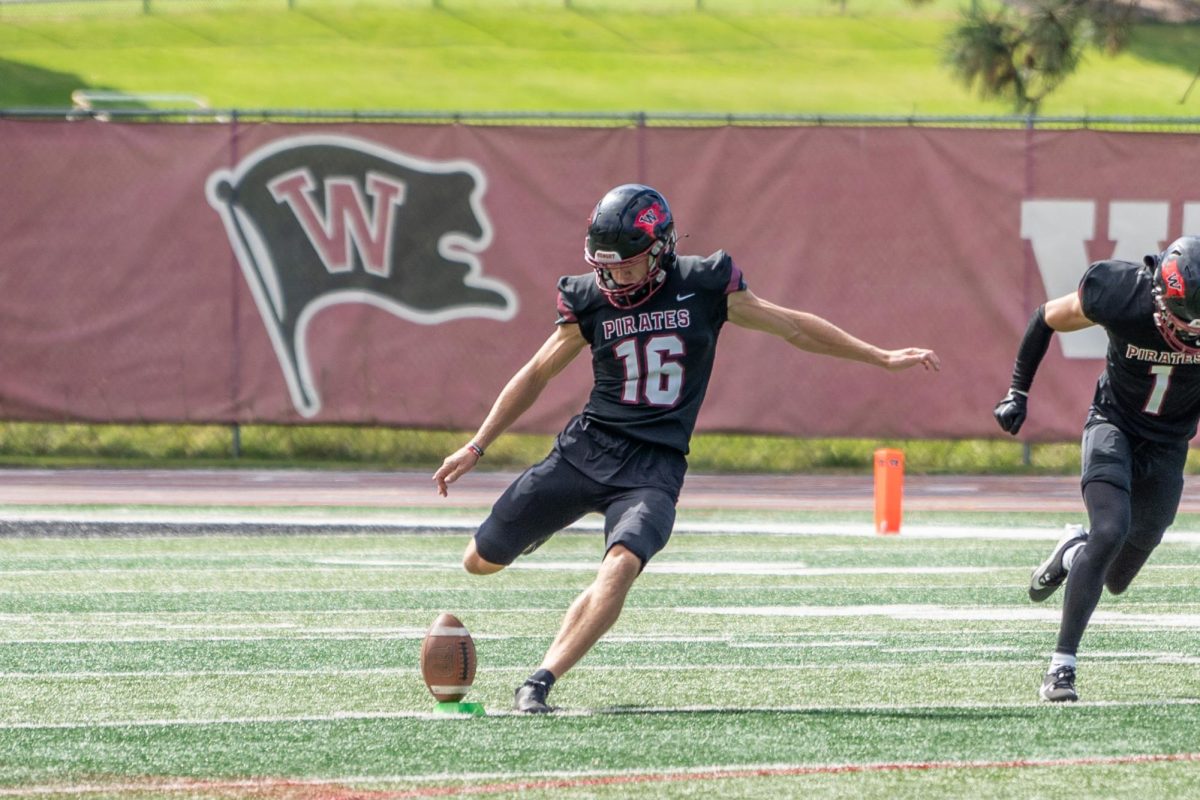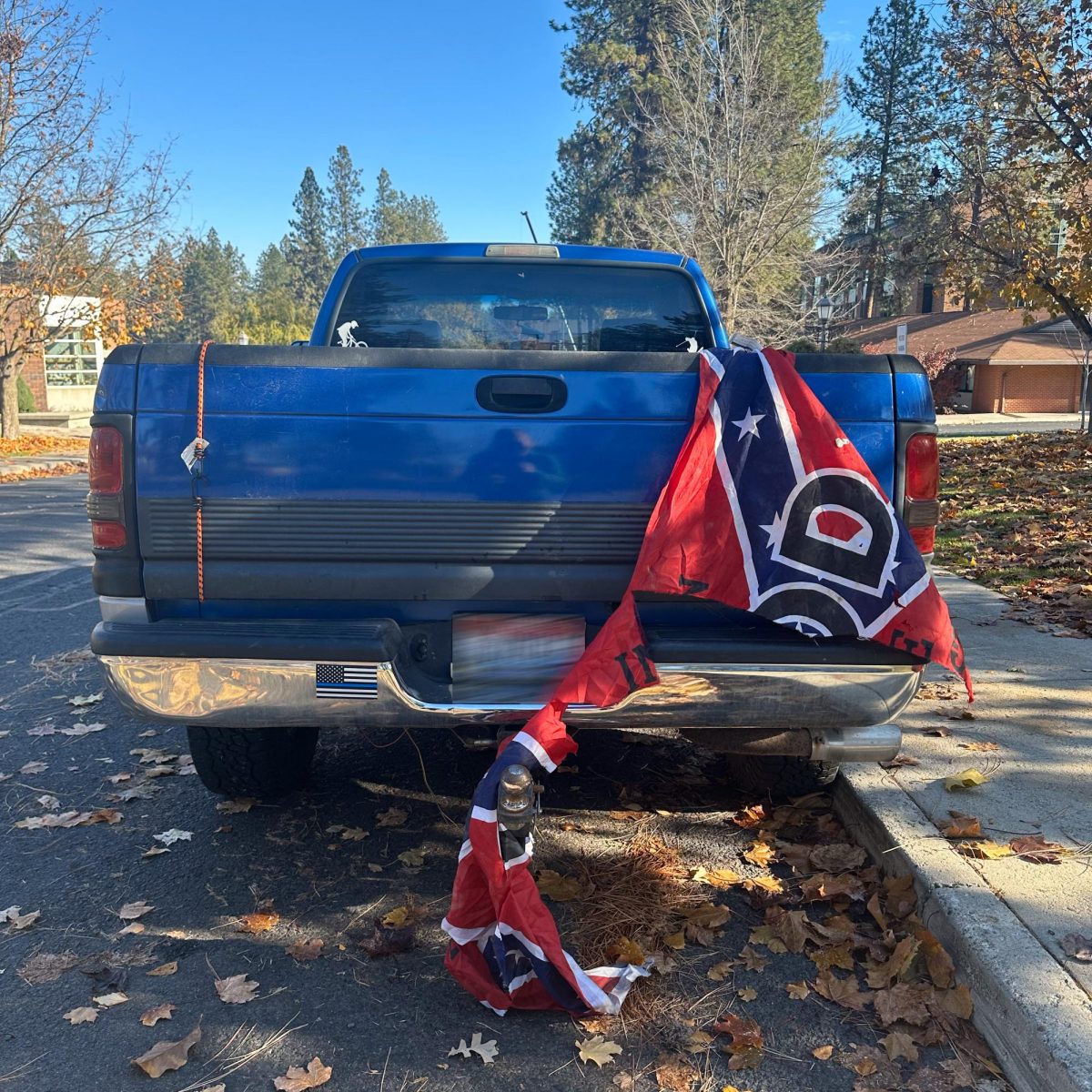by Molly Hough and Sergio Jara Arroyos
Guest Writers
It seems as if we stopped asking questions about race a while ago. As children our curiosity to explore the world and how it functioned was only satisfied by a sheer question. As we grew up we stopped asking the obvious to effortlessly follow without hesitation what others were doing. This led to the formation of incorrect assumptions that never got the opportunity to get clarified. These assumptions led to more confusion brought forth by the complexity of our society. At this point we are going to make the following assumption: all humans are equal. Maybe it was in the process of not asking that our actions fell short to our original intention of accepting others.
Our society is racially stratified. It gives certain people unearned advantages simply for being white. We must clarify that this is not an article about white bashing but educating and expelling previous assumptions regarding race.
It is imperative to expose how this reality revolves around the concept of fear. A fear that stems from accepting others as equals. This fear enabled us to hate and discriminate against anyone who looks different. When we were younger were told to make friends with one another and asked to live in harmony with those around us. Yet it seems as if high aspirations of getting along faded away once we began to understand the reality of our current situation.
A situation where children of color are being prepared to expect to be stigmatized, mistreated, and hated by their white counterpart. A situation where white children are being told to avoid the topic of race—with an intention of ignoring the social problems that come with race or simply to endorse a color blind mentality. While one side is being told to expect the hate, the opposition is being taught to avoid the person of color. How are we truly to accept others as equals when society has already established a platform based of fear?
Individuals on this campus and beyond Whitworth might be under the misconception that race is an issue of the past. If that is the case, well it seems as if our past has caught up with our present. Throughout history the ‘right’ and ‘civil’ way of living life was to be determined by the white standard. Other people beyond these boundaries were to integrate the ‘right’ and ‘civil’ way into their lives to being the process of ‘a savage past to a civilized future.’ Along with setting the norms to the society there was always this fear that the people of color would rebel and break down society. Sadly both mentalities are still very present today.
For a person of color to experience hate a single glance at the media will do the trick. Safe zones are yet another mirage. Such manifestation of discrimination and hate at times takes the form of a direct insult, the incorrect assumptions about a culture, a joke that went too far, the mocking of a language, or a society personifying beauty as a slender body with a light skin complexion. The combinations are endless.
It’s amusing to see how there seems to be a people with the correct combination. Such combination is called white privilege. So why is it difficult for the white majority to see this?
Alicia Fedelina Chávez and Florence Guido-DiBrito attribute it to the following, “White Americans, manifest ethnic and racial identity in mostly unconscious ways through their behaviors, values, beliefs, and assumptions. For them, ethnicity is usually invisible and unconscious because societal norms have been constructed around their racial, ethnic, and cultural frameworks, values, and priorities and then referred to as ‘standard American culture’ rather than as ‘ethnic identity.’”
This has to change. A white complexion is not an excuse to avoid these issues that enable an ignorant state of mind to continue, especially if we want to aspire being courageous in our conversations. We must also be aware that in the attempt of fighting for justice and equality we cannot afford once more to get stuck in the initial phase of conversation. A possible solution must stem from facing our fear of other people. Ignoring such socialized fear will limit our creative minds to find new possibilities of loving one another.
Martin Luther King Jr. tells us, “Our lives begin to end the day we become silent about things that matter.” Justice and equality matter. An underrepresented student being called a nigger is unacceptable. A white student believing they are the “better” race, unconsciously or not, must cease. It’s in giving these labels big importance in our lives that we manage to limit ourselves. Being white or underrepresented are labels of the past.
I chose to write this article with someone who does not come from the same culture as I do; yet all we see in each other is a friend. We are equals. What we are trying to point out is that white privilege does in fact exist. We are trying to establish the new standard for Whitworth so as a community we can begin to instill change in society.
Being white does not mean more important or the only way of thinking. To coexist we must treat each source of knowledge as equal. We need all the pieces to this puzzle to create a holistic picture of what has been fragmented for so long. We must be willing to take action as individuals to continue fighting for equality and justice on this campus and in our home communities.






 Spokane?
Spokane?
cheryl • May 1, 2012 at 11:01 pm
brave, but i think now you perhaps need some constructive ideas for concrete changes